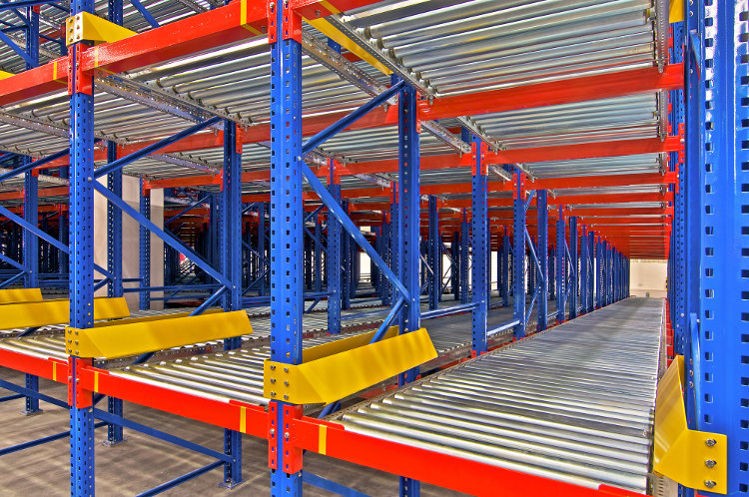Everyone has seen them, but it is quite possible that not everyone knows what they are. We are talking about pallets, those wooden, or sometimes plastic, shelves that are used as the base on top of which goods are transported. Easy to move, friends of forklifts, reusable, recyclable, durable and essential to the transport of so many commodities that we take for granted in our everyday lives. Yet to most people these operational and transport staples are completely below the radar, unseen and not known about. Well that is about to change. We are here to talk through pallets and to tell you some things about them that you probably never knew.
Why pallets
Before the humble pallet came along there were no standardised methods for moving or storing items in bulk. The pallet allowed that to change as it became a uniform size that meshed with the requirements of containers, trucks, forklifts and warehouses. To the extent that if you went online and searched for something like, ‘pallet racking systems Melbourne’ you would find lots of different solutions, but they would all be tailored to fit, or house items delivered on standard pallets.
Do they cost lots
Different companies have different ways in which they incorporate pallets into their workflows. A company that delivers goods, but which receives nothing back, may well just factor the cost of the pallet into the overall cost of production and delivery. They would buy cheap pallets and never expect to see them again. Other companies however, like those in the transport business, would look to reuse pallets repeatedly. As such they would invest in higher quality products that will last longer.
What are they made from?
Typically, pallets are made from wood. Depending on the value of the pallet the quality of the wood would change. A single use pallet will be made from cheap off-cuts, it will be rough and covered in splinters with the wood untreated. A better-quality pallet will be built out of more robust wood. It will have more nails and support and the wood, while unlikely to be treated or sanded will last longer.
Who makes them?
Pallets tend to be made by independent carpenter contractors who would hold supply contracts with the big transport companies or wholesalers. Different pallet producers will have different models in terms of the way they deal with their customers. Some operators will charge a fixed fee to produce the pallet and supply as and when required. Others look to own the pallets themselves and then rent them out monthly – usually with the understanding that they will maintain and service the pallets, replace broken ones and ensure that all their product is in good working order. While this might seem like a more labour-intensive job, what it does mean is that the producers are not constantly having to find new pipelines and sell more. Instead they can simply get a solid number of their pallets into circulation and then be able to bank on a fixed income every month.








